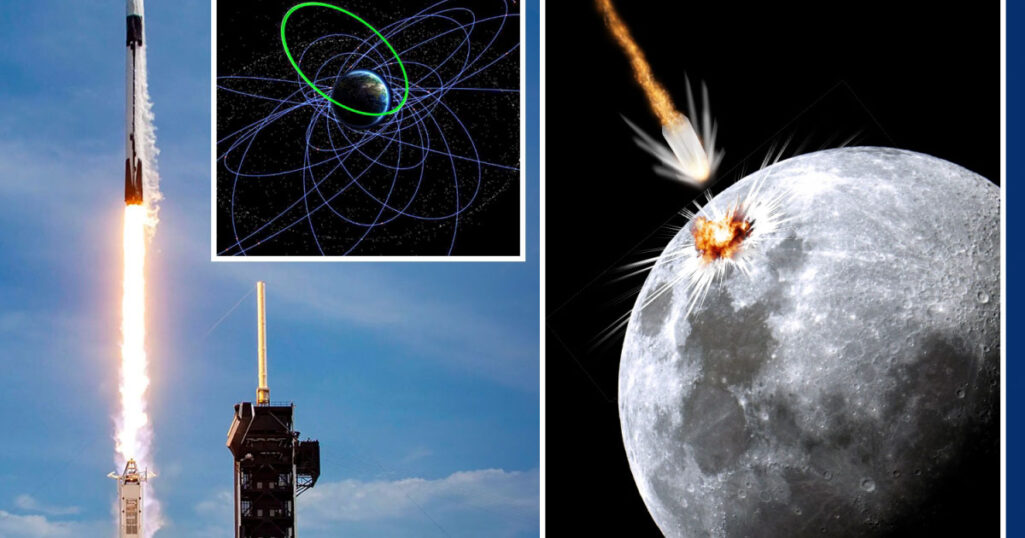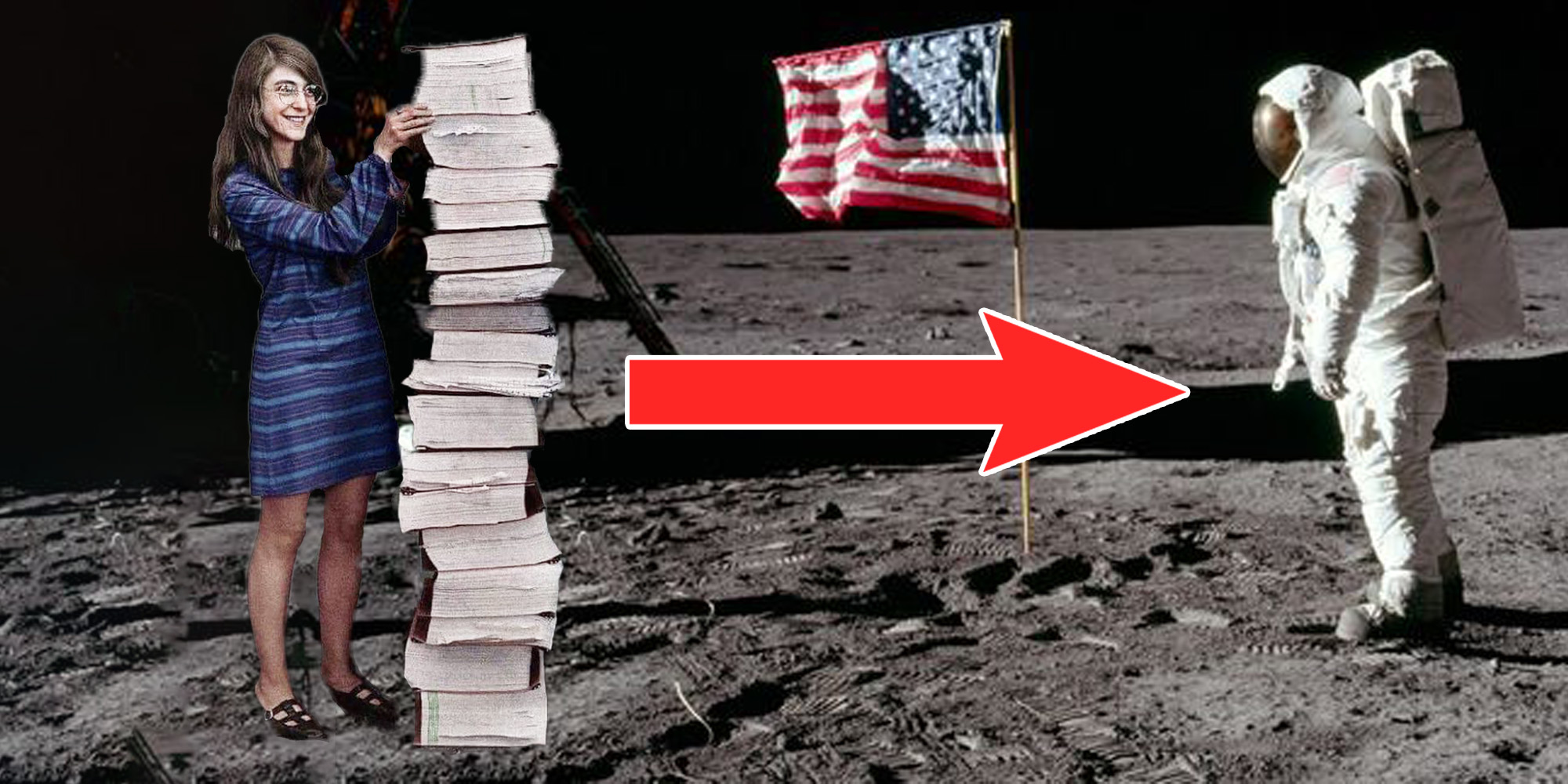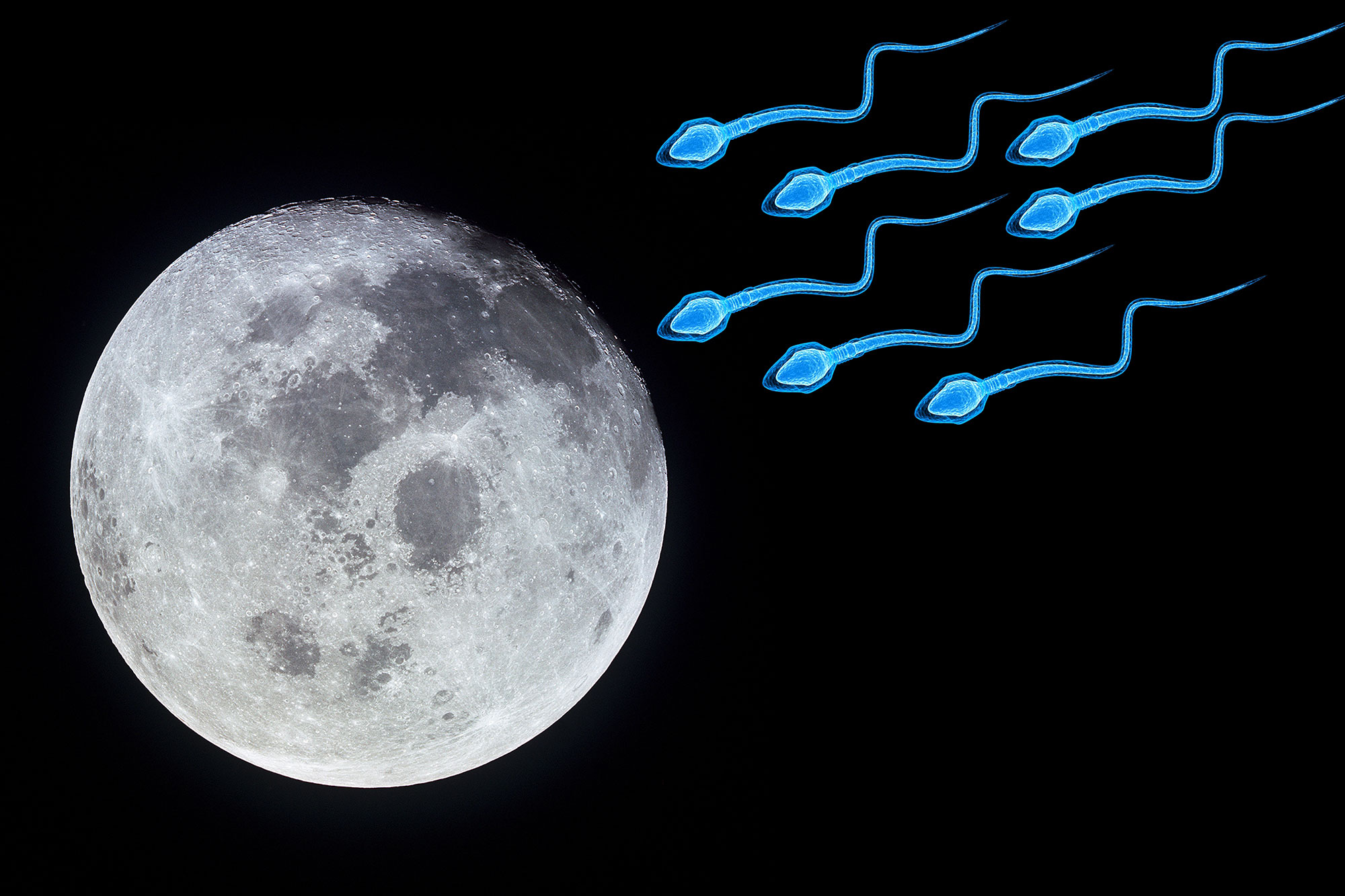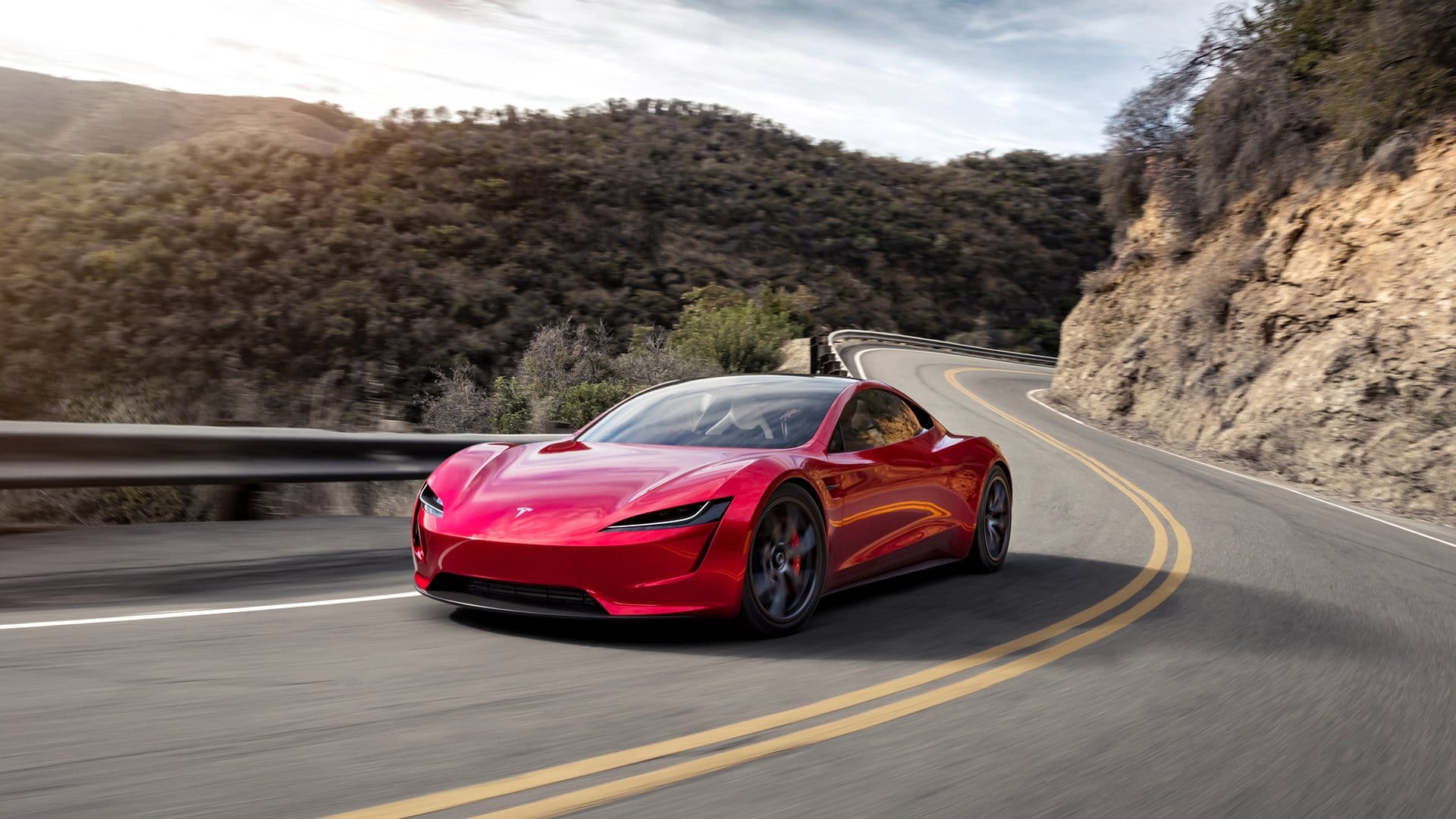
The moon is about to be punched by SpaceX.
According to a post by Bill Gray, developer of a software tool meant to track asteroids, comets, and other near-Earth objects, the second stage of one of SpaceX’s Falcon 9 rockets has tumbled its way into a terminal orbit with the moon, scheduled for collision on March 4. (like launch debris).
It’s safe to say that no one will be hurt in the process, but according to Gray’s article, the data implies that the rocket will have a “certain impact.”
SpaceX will Punch the Moon
The outdated Falcon 9 rocket stage is scheduled to collide with the moon’s equator on March 4, but our naked eyes will not catch even the faintest of glimmers in the night sky.
According to Harvard’s Smithsonian Center for Astrophysics scientist Jonathan McDowell, “For those asking: yes, an old Falcon 9 second stage left in high orbit in 2015 is going to hit the moon on March 4,” “It’s interesting, but not a big deal.” When you look at the moon’s surface, you know he’s right: it has been bombarded by space rocks and other debris since it began billions of years ago. We have no choice but to accept it.
For those asking: yes, an old Falcon 9 second stage left in high orbit in 2015 is going to hit the moon on March 4. It’s interesting, but not a big deal.
— Jonathan McDowell (@planet4589) January 25, 2022
McDowell also stated in another tweet that “things left in cislunar orbit [orbits between the Earth and moon] are unstable — will eventually either hit the moon or Earth or get perturbed to solar orbit,” proving that this was not an intentional moon impact. On February 11, 2015, this particular Falcon 9 rocket took off from Cape Canaveral, Florida, as did countless others.
No. It’s just that things left in cislunar orbit are unstable – will eventually either hit the Moon or the Earth or get perturbed to solar orbit.
— Jonathan McDowell (@planet4589) January 25, 2022
This launch, on the other hand, was unusual for two reasons: Aside from lifting a U.S. research satellite, this was the first time that Elon Musk’s business had sent anything into interplanetary space.
We’ll get to observe space debris smash against the moon one day
NOAA’s Deep Space Climate Observatory, better known as DSCOVR, has been successfully put in the first Lagrange point (L1), between the sun and Earth, by the now-lunar-bound mission. The real-time monitoring of solar winds by the NOAA observatory is an important asset.
The Falcon 9 rocket did not follow DSCOVR’s path to the gravitationally neutral area, where it came to rest at a distance of around 932,000 miles (1.5 million kilometers) from the Earth. For the past two years, the second stage has been “following a somewhat chaotic orbit” since it lacked the fuel to return to Earth’s atmosphere and was unable to escape the gravity of the Earth-Moon system, according to an Ars Technica article.
As a result, the Falcon 9 rocket’s second stage will hit the moon’s surface at an incredible speed of 1.6 miles per second (2.58 kilometers per second). It’s unfortunate that “the impact itself will have to go unobserved,” as Gray noted in his post because it will occur while “the bulk of the moon is in the way, and even if it were on the near side, the impact occurs a couple of days after New Moon,” meaning it will be in the darker part of the moon’s phase.
But there’s nothing to worry about. During the second space race, the amount of space trash is increasing at an accelerated rate, which means that more space debris will be launched towards our nearest neighbor. And we might see this with our naked eyes one day.




